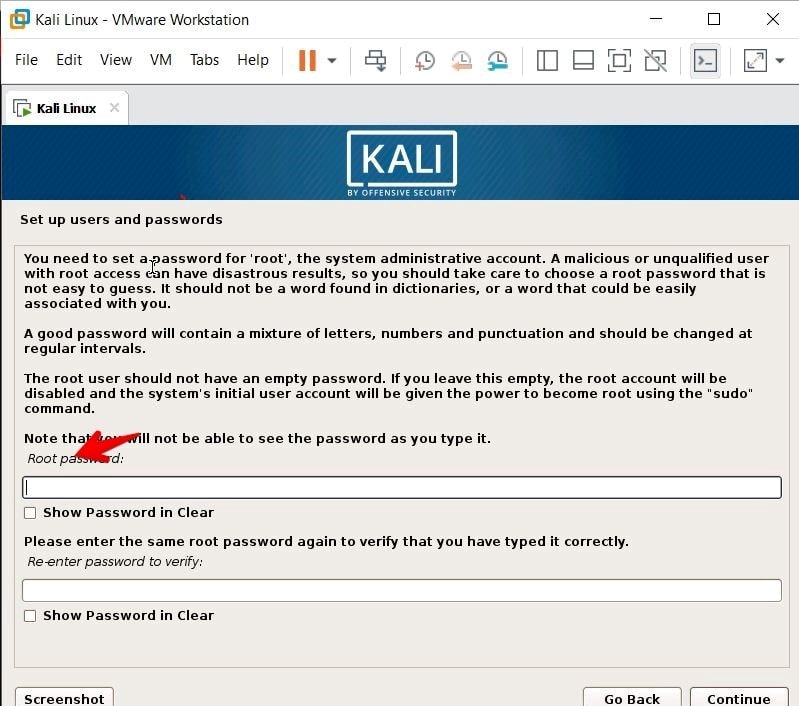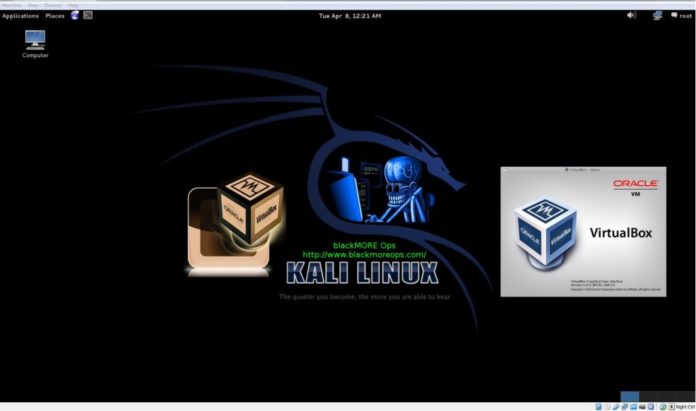

Theirs a quick how to install VirtualBox in my Setup a Hacking Lab tutorial but otherwise i will assume this is already installed. The version of Kali we are going to be installing now is Kali 2016.2 64bit GNOME 3 version which normally can be found at the top of there download page and ill be installing it into VirtualBox.


There is a version of Kali for almost every type of computer, from raspberry pi to Chromebooks, they have a more light weight versions for older PCs or for customizing your own image, there is even pre-built virtual machine that you just load into VirtualBox or VMware. Instead go for a Linux distribution like Ubuntu or Mint. The first thing to get straight is if your looking for a distribution to learn Linux or are looking for a general-purpose Linux desktop distribution, web design, gaming etc Kali should not be your first choice. It was released on the 13th March 2013 as a complete top-to-bottom rebuild of BackTrack Linux, adhering completely to Debian development standards. Kali Linux is developed, funded and maintained by Offensive Security. Kali contains several hundred tools aimed at various information security tasks, such as Penetration Testing, Forensics and Reverse Engineering. If the VM's performance isn't adequate & can't be improved, you may want to resort to dual-boot - but keep in mind that this is a risk to your system & the data on it.Kali Linux is a Debian-based Linux distribution aimed at advance Penetration Testing and Security Auditing. In your case, I don't know if the system resources will suffice, so I'd suggest you start with a VM & see how it performs, & try tweaking it as needed.

Easy management of the VM for testing - including cloning, taking snapshots and backup.More security for host data host, as the VM can't access it unless you share it or vulnerabilities are exploited.Better isolation between your host and VM, so that the former isn't impacted by the latter.Possibility of not being able to use some of the hosting system's hardware features, as they may not be supported by the Virtualization platform.Requirement to have a virtualization solution (VMware, VirtualBox, etc.) on the host, which will also use a small portion of resources.Less resources available for the VM, since the host OS will also require a good portion of these.A small cost-benefit analysis of using a VM. If you're using it on a system that you also use for work, a VM would be the safest approach.


 0 kommentar(er)
0 kommentar(er)
